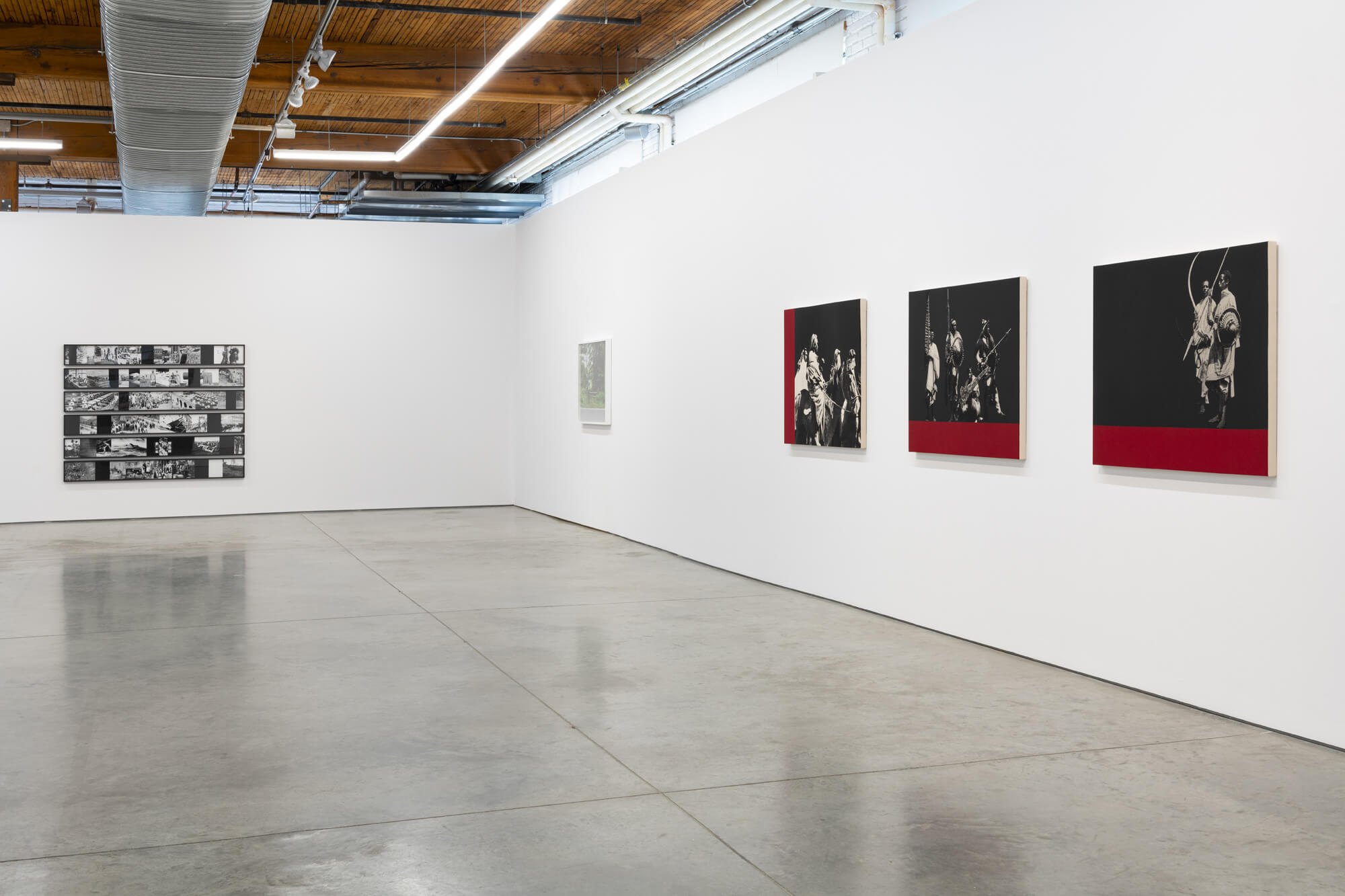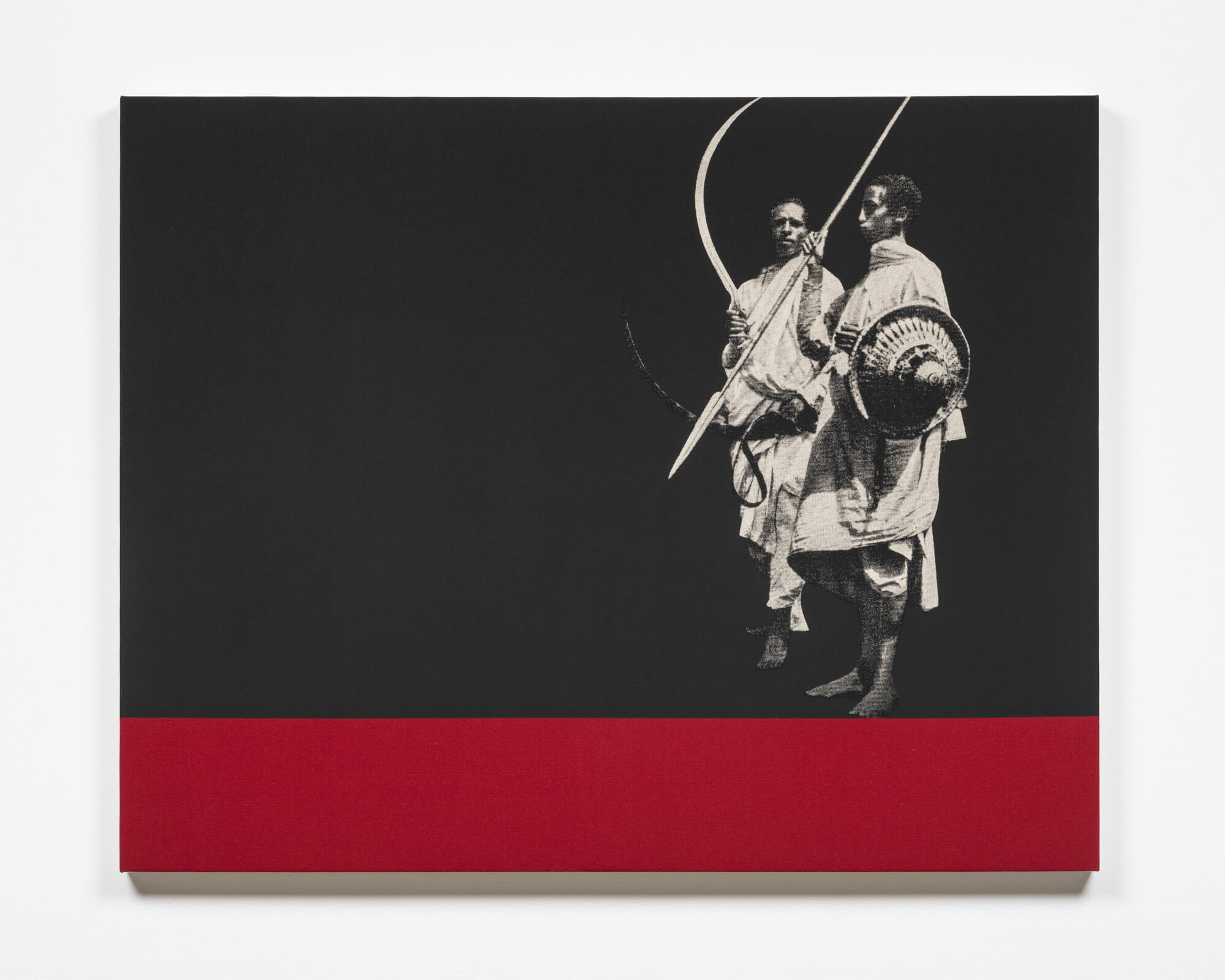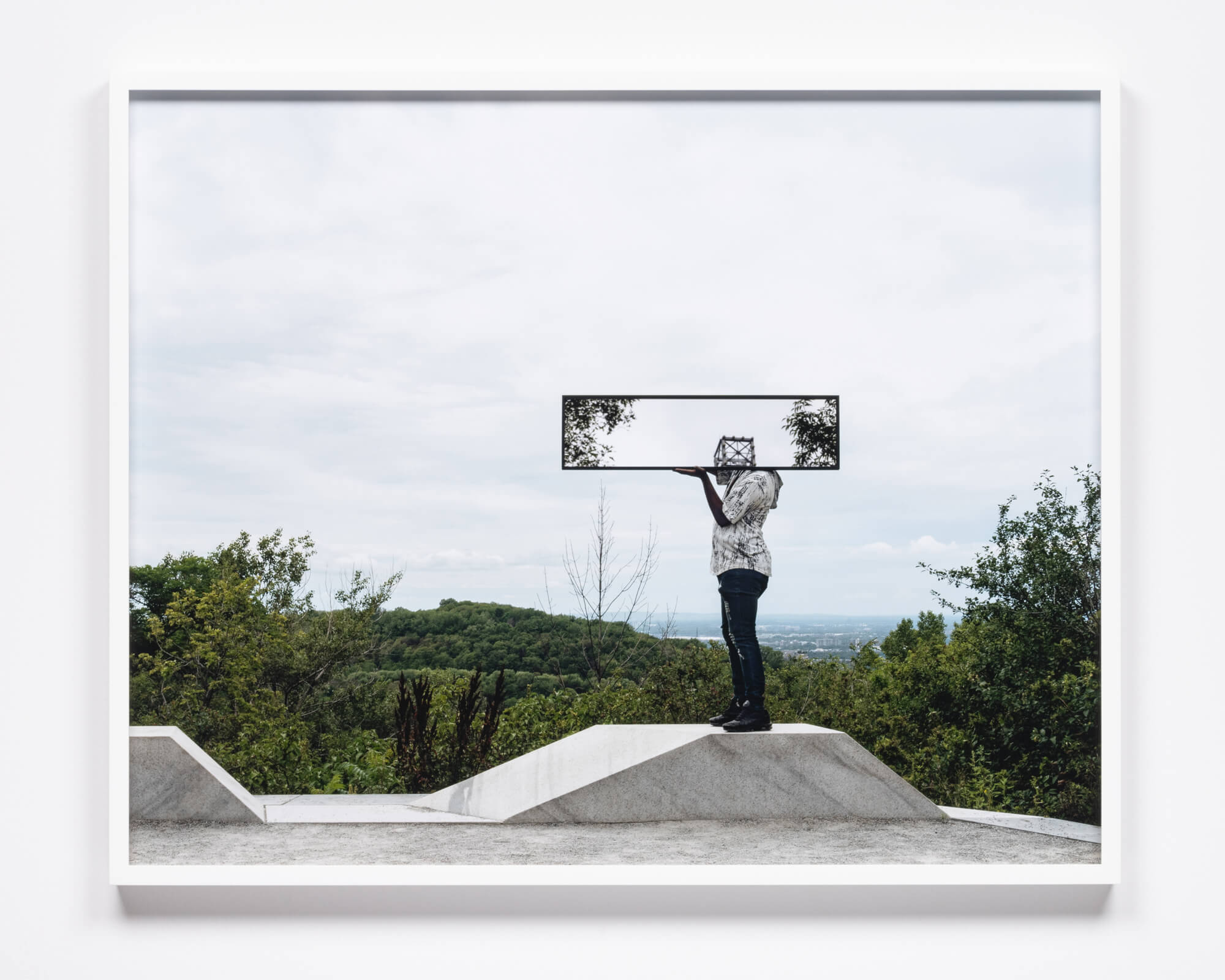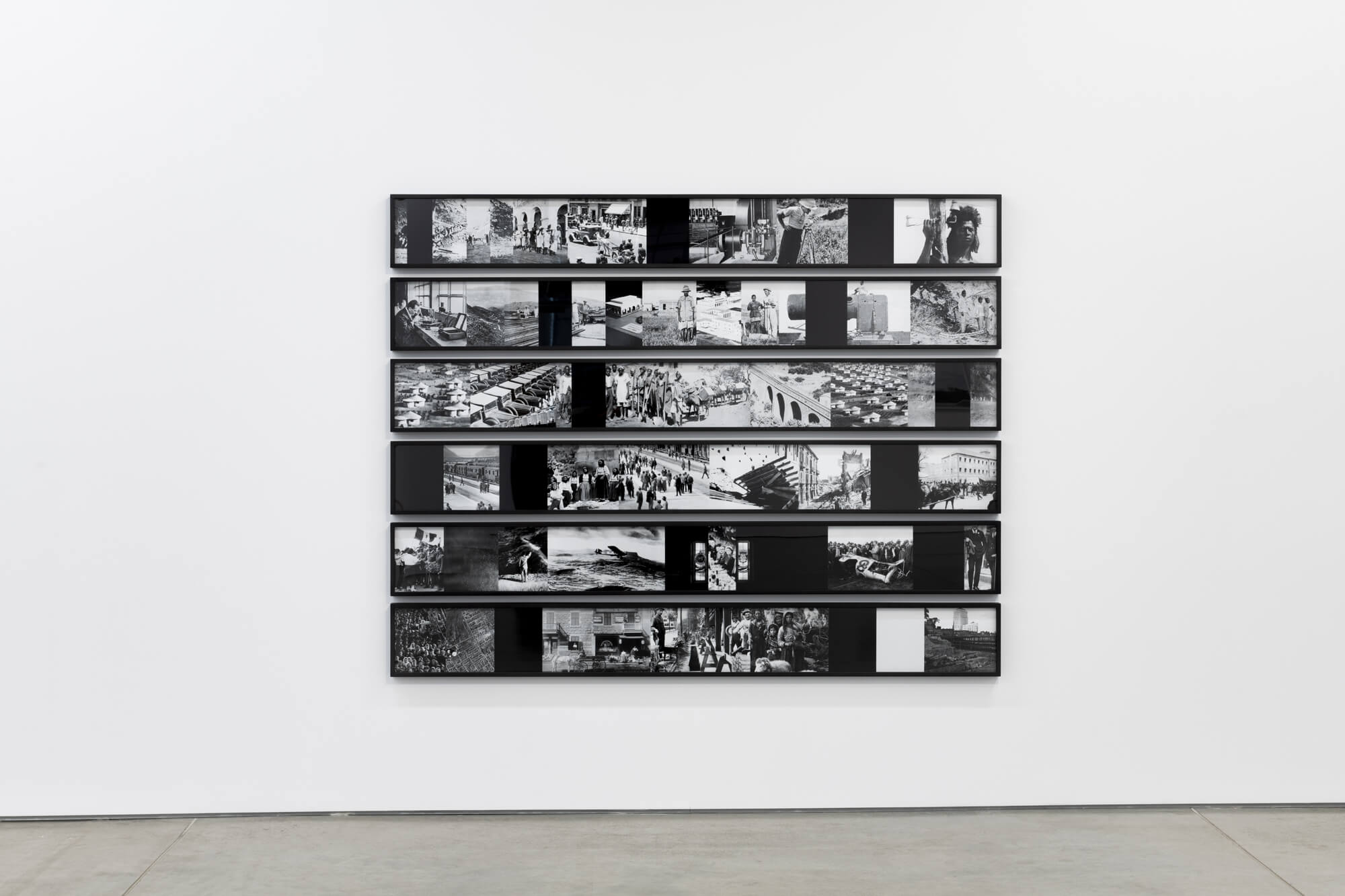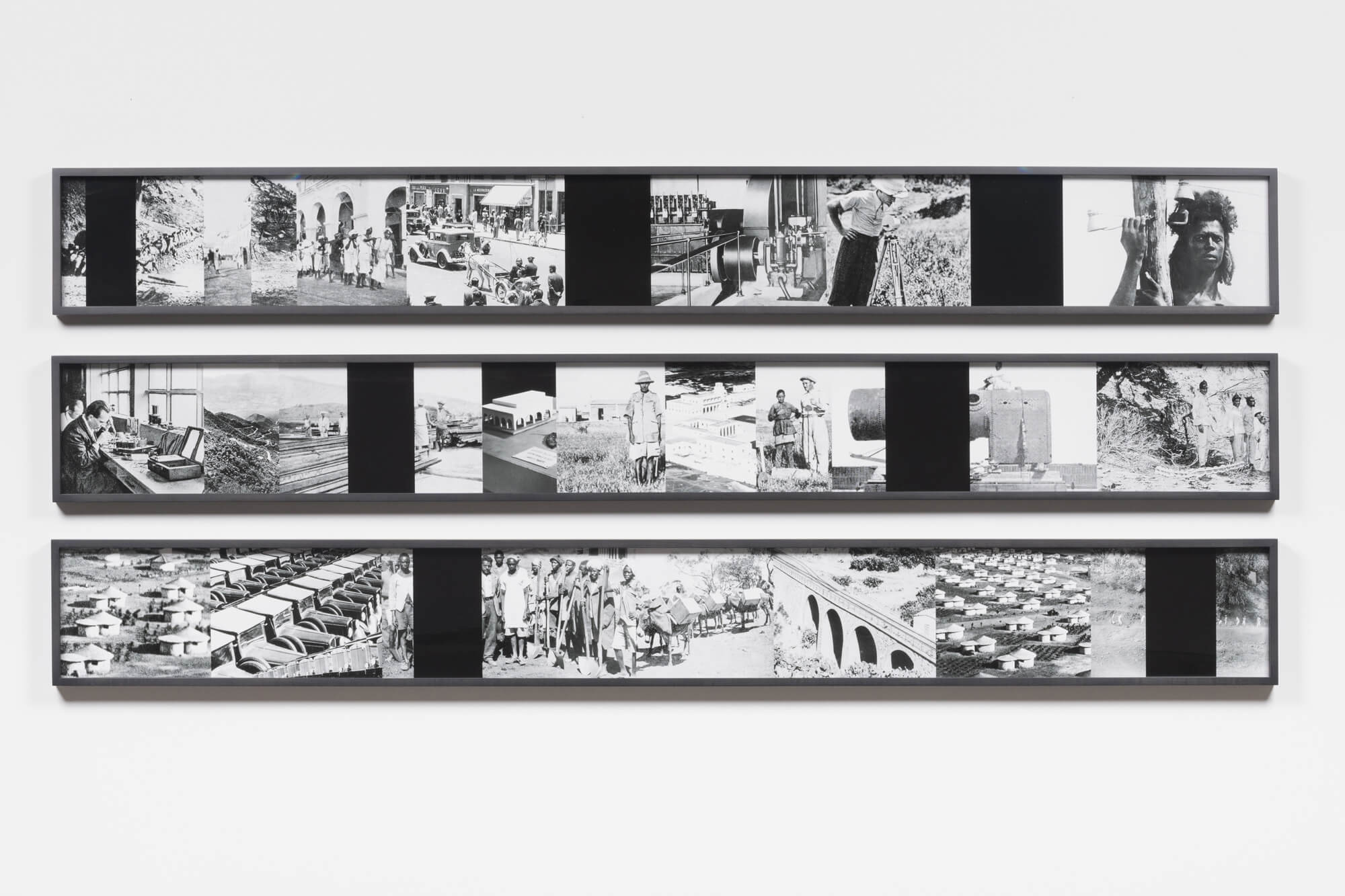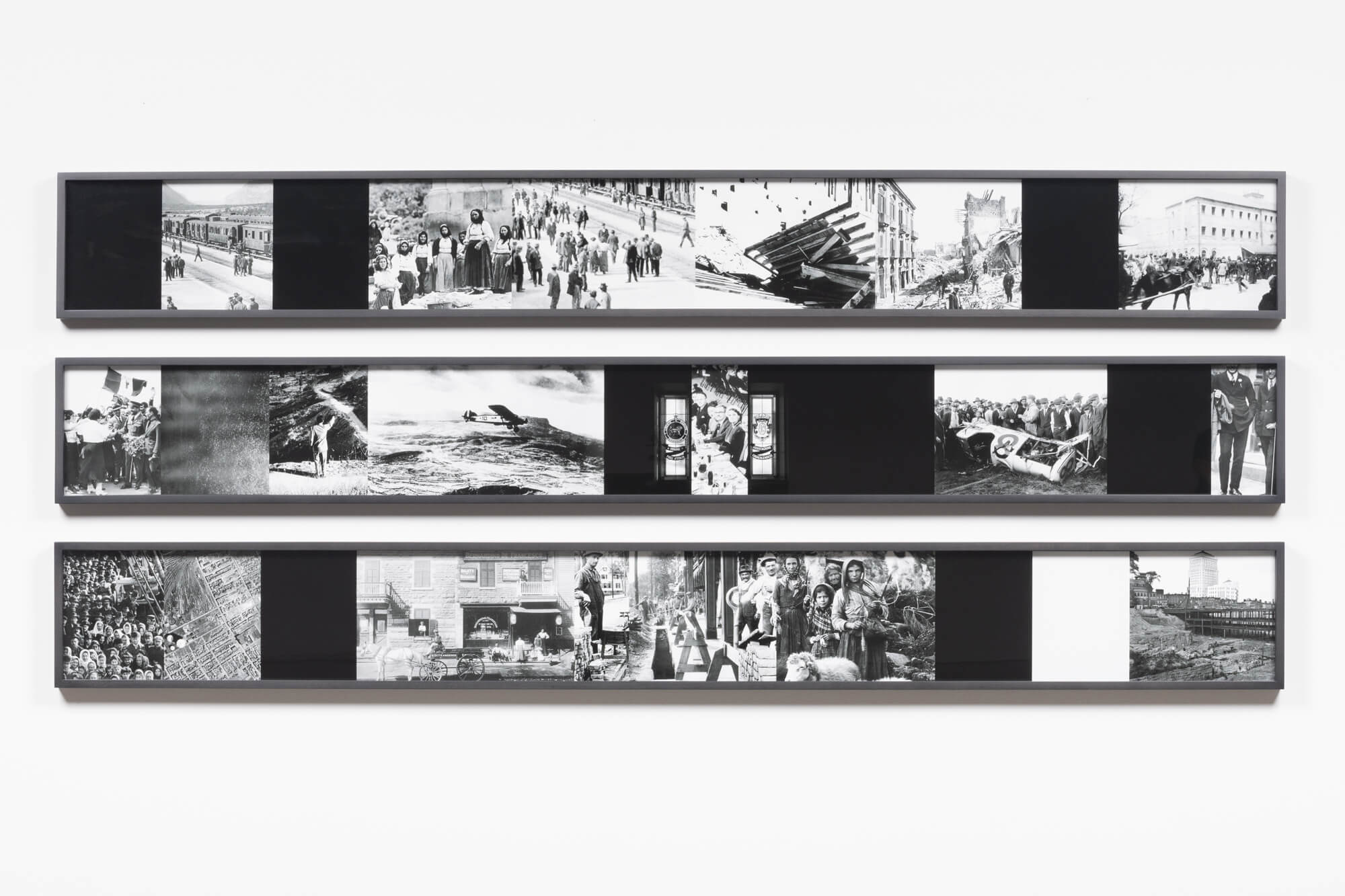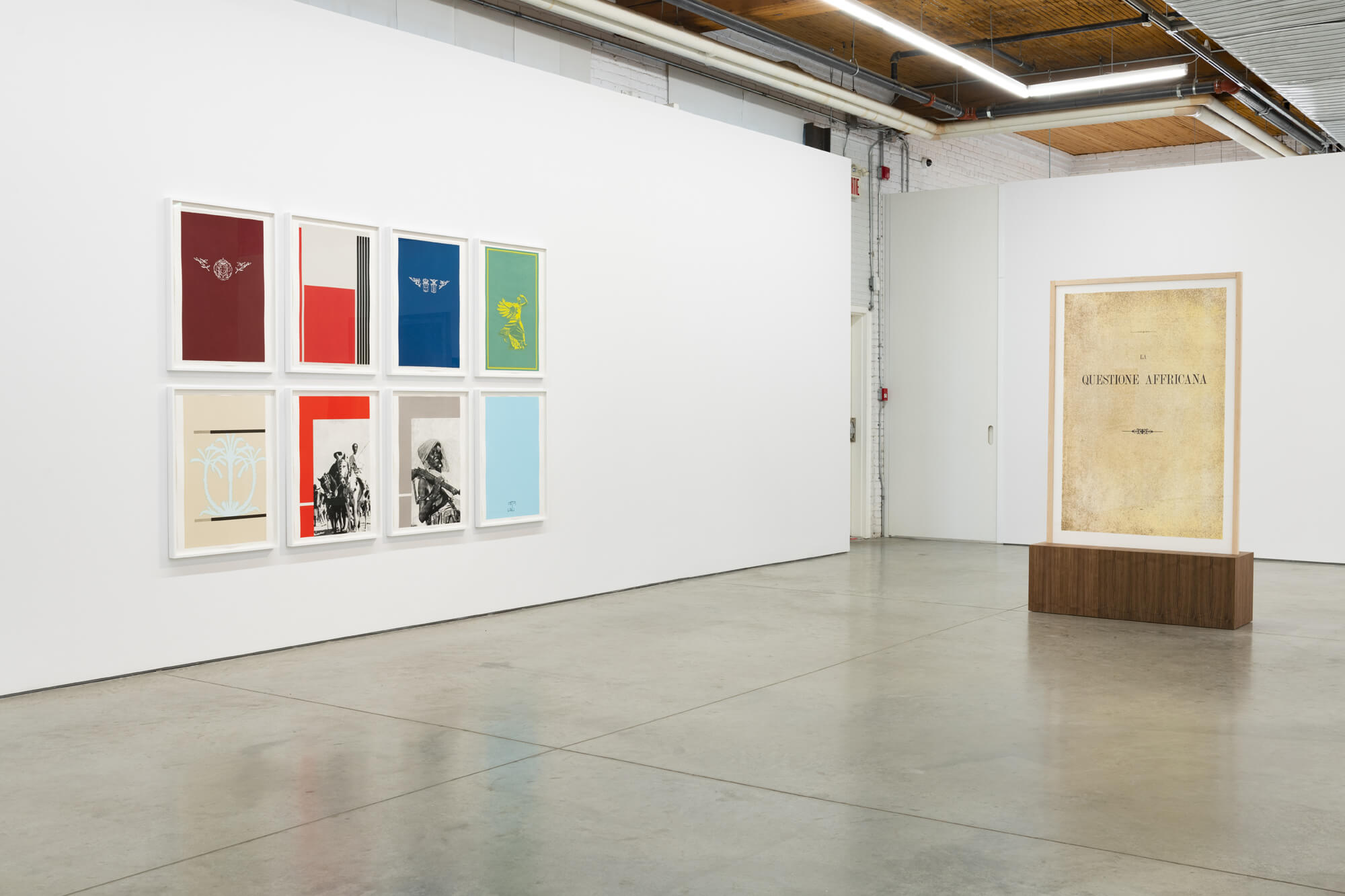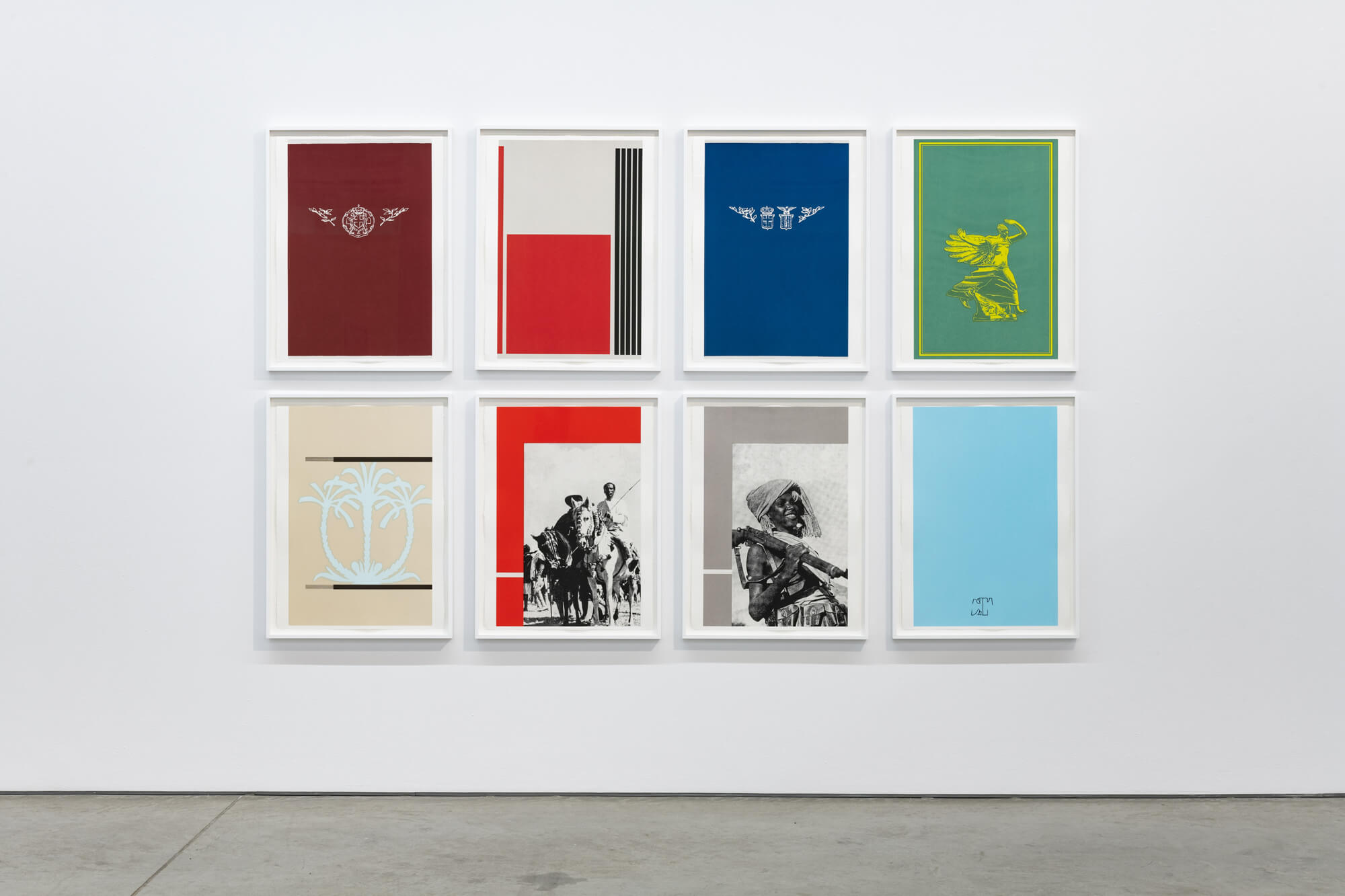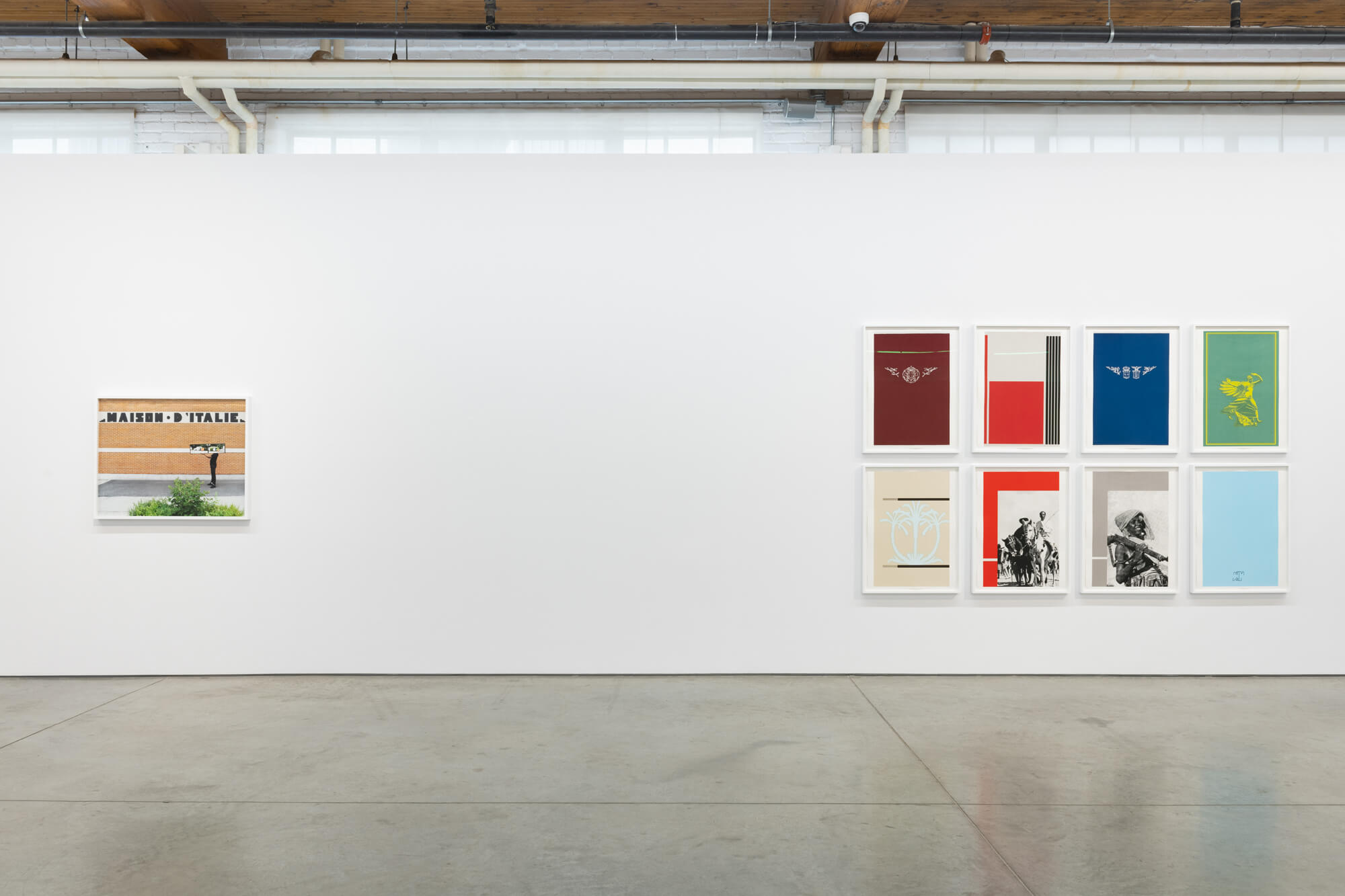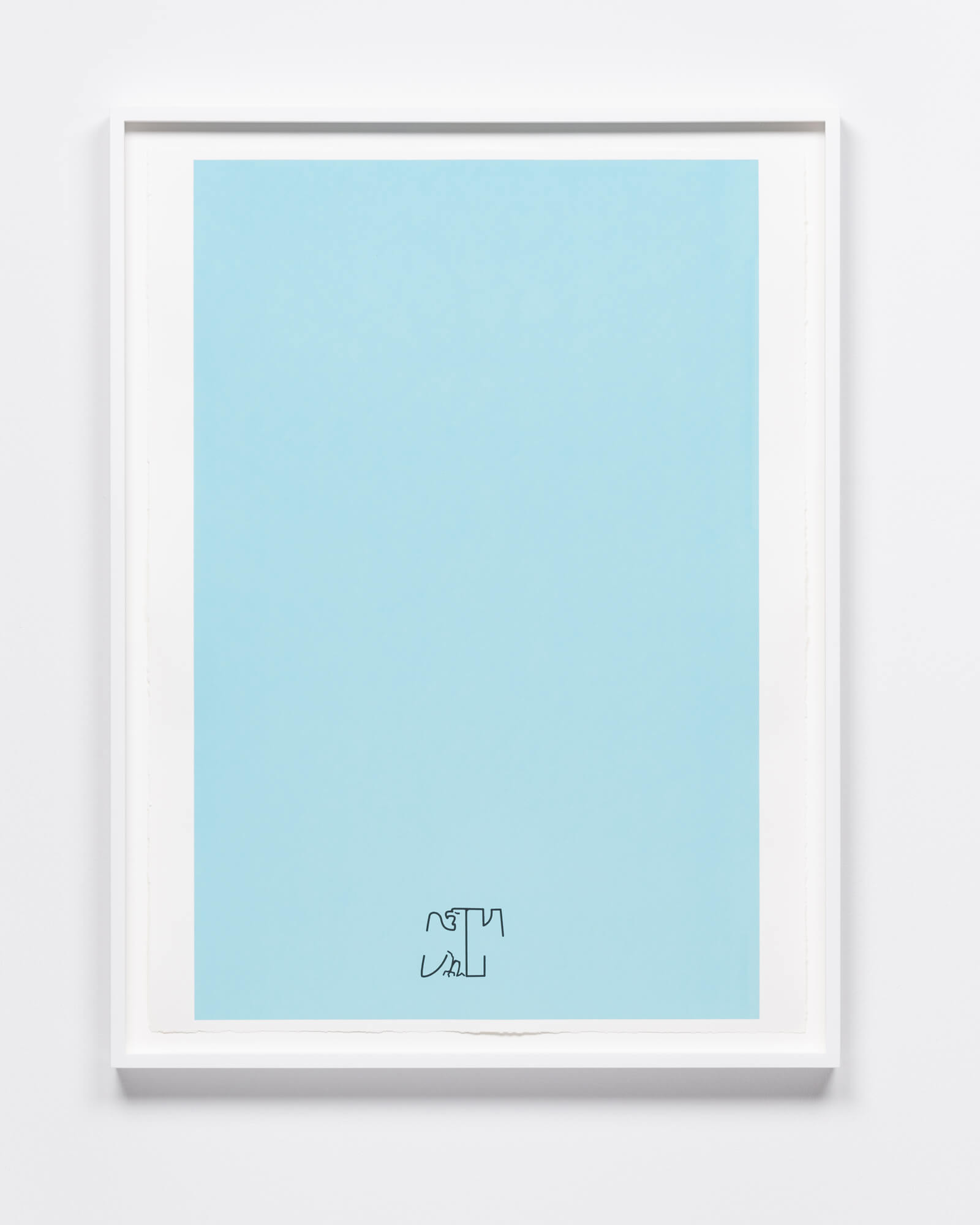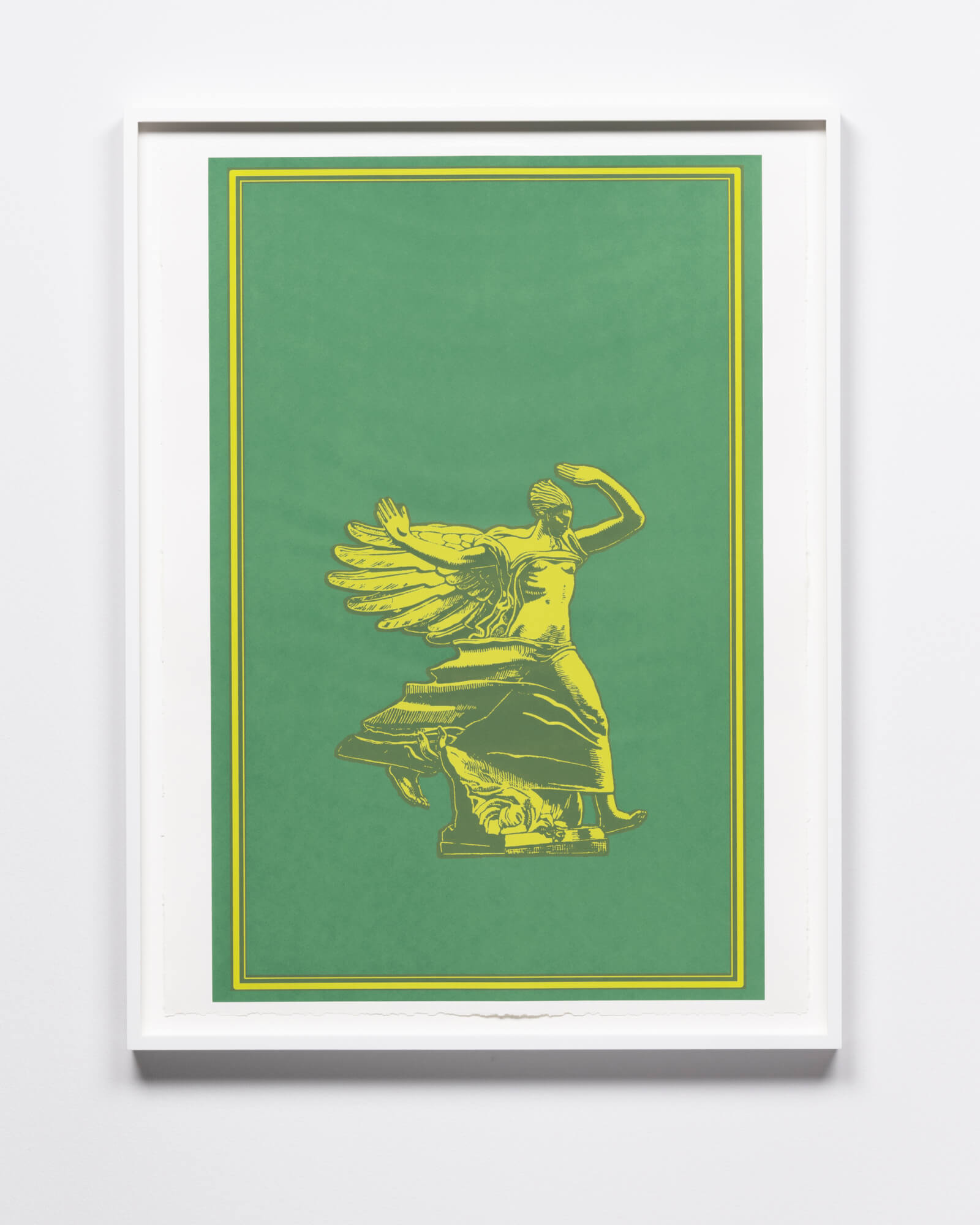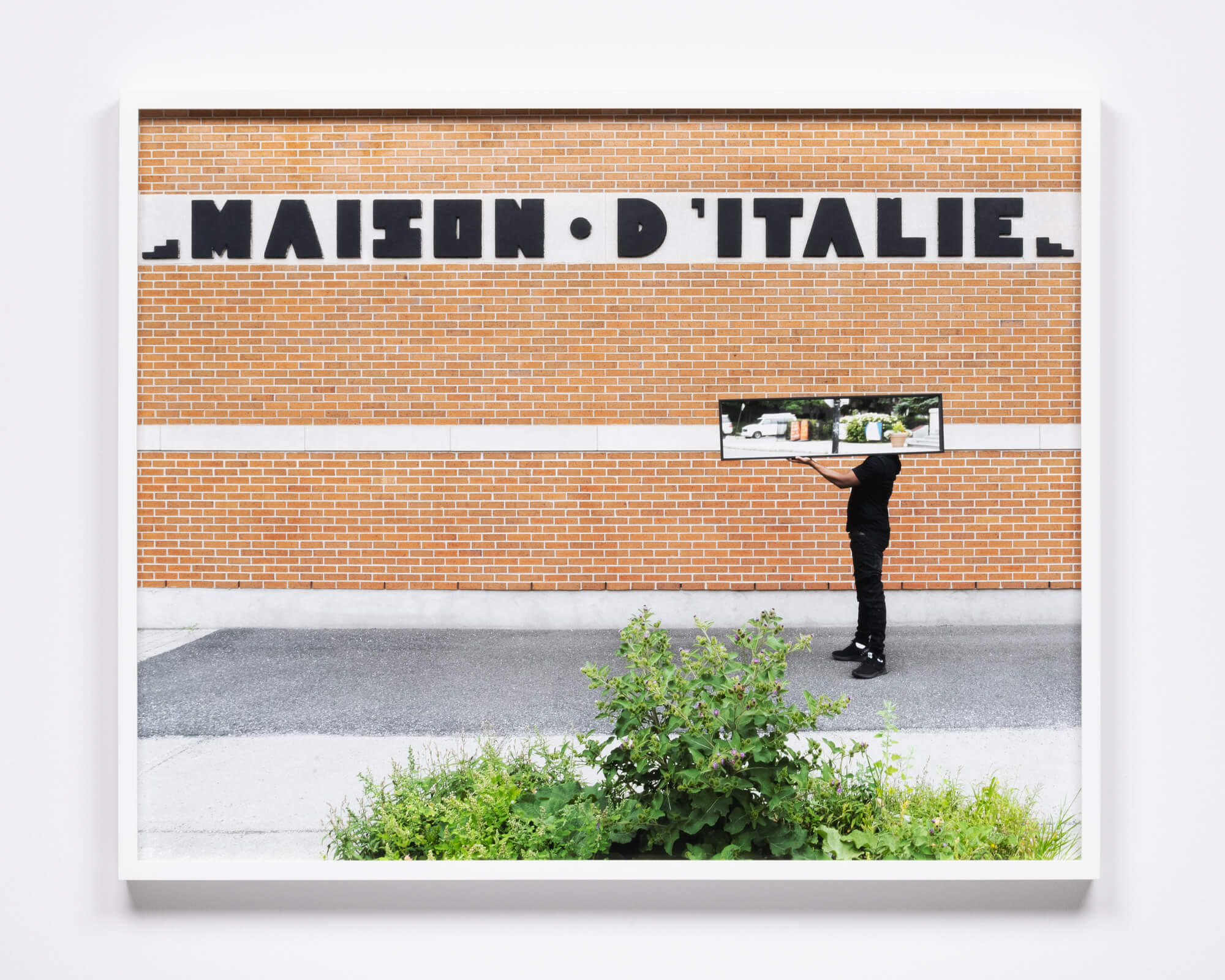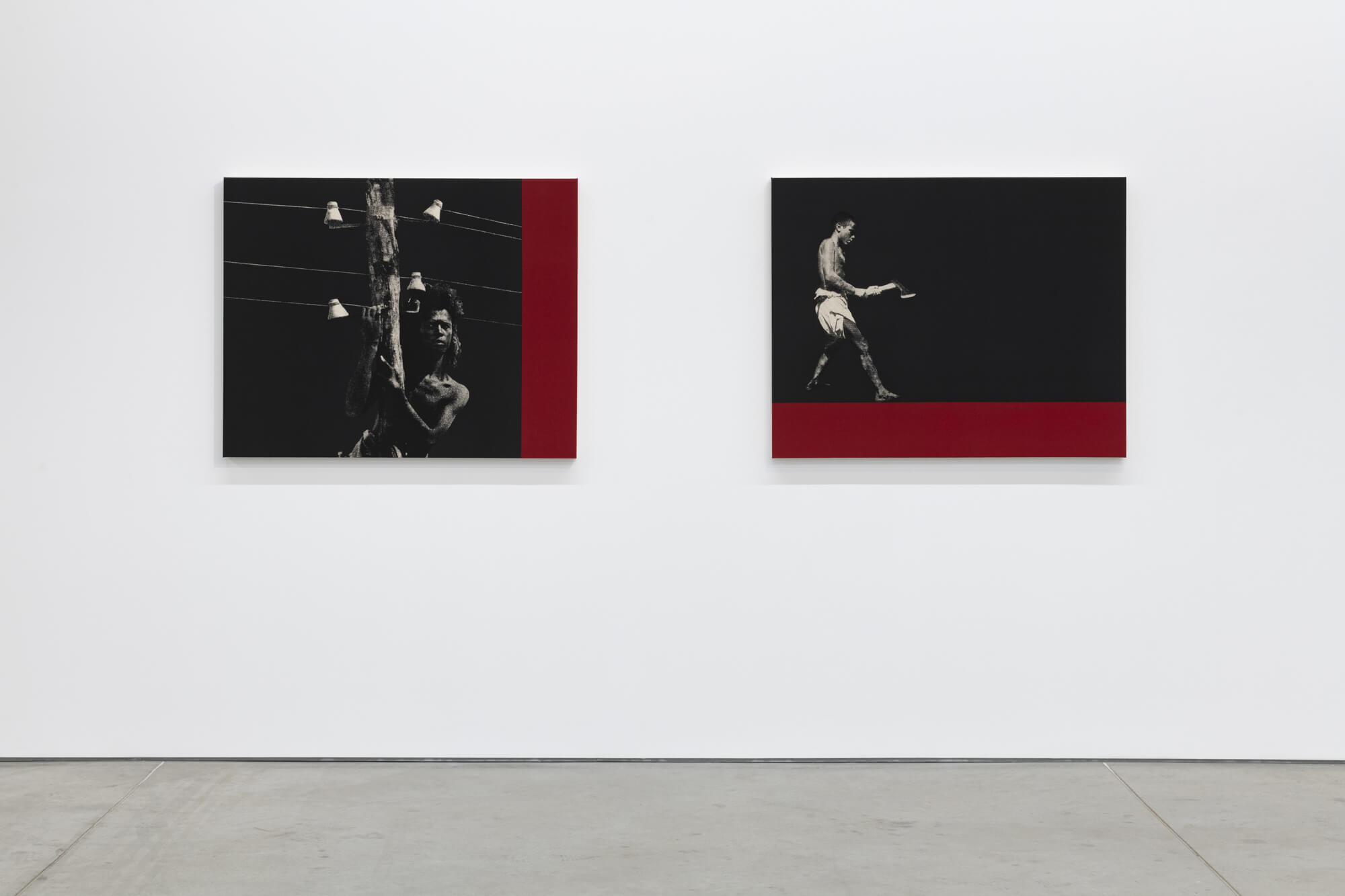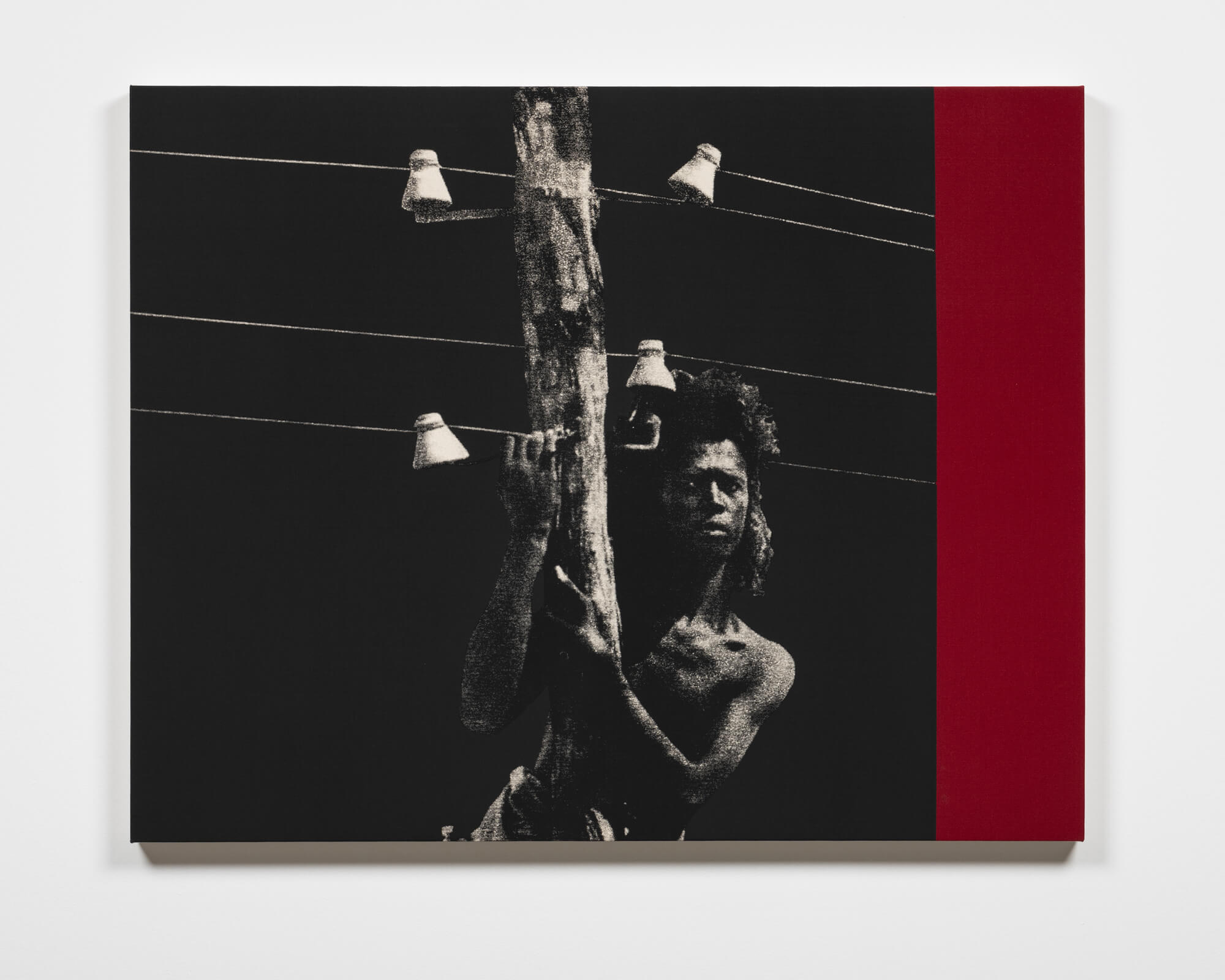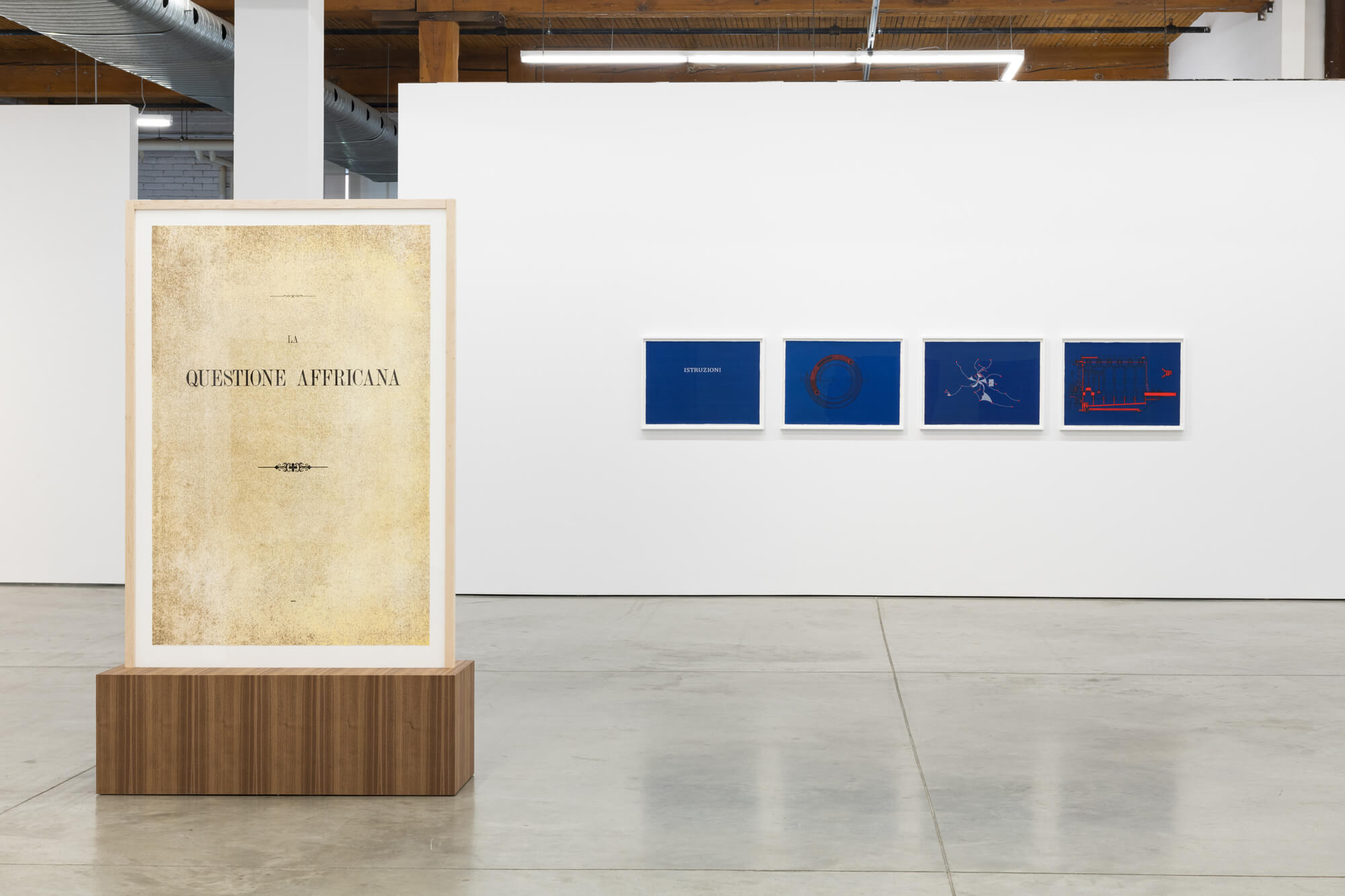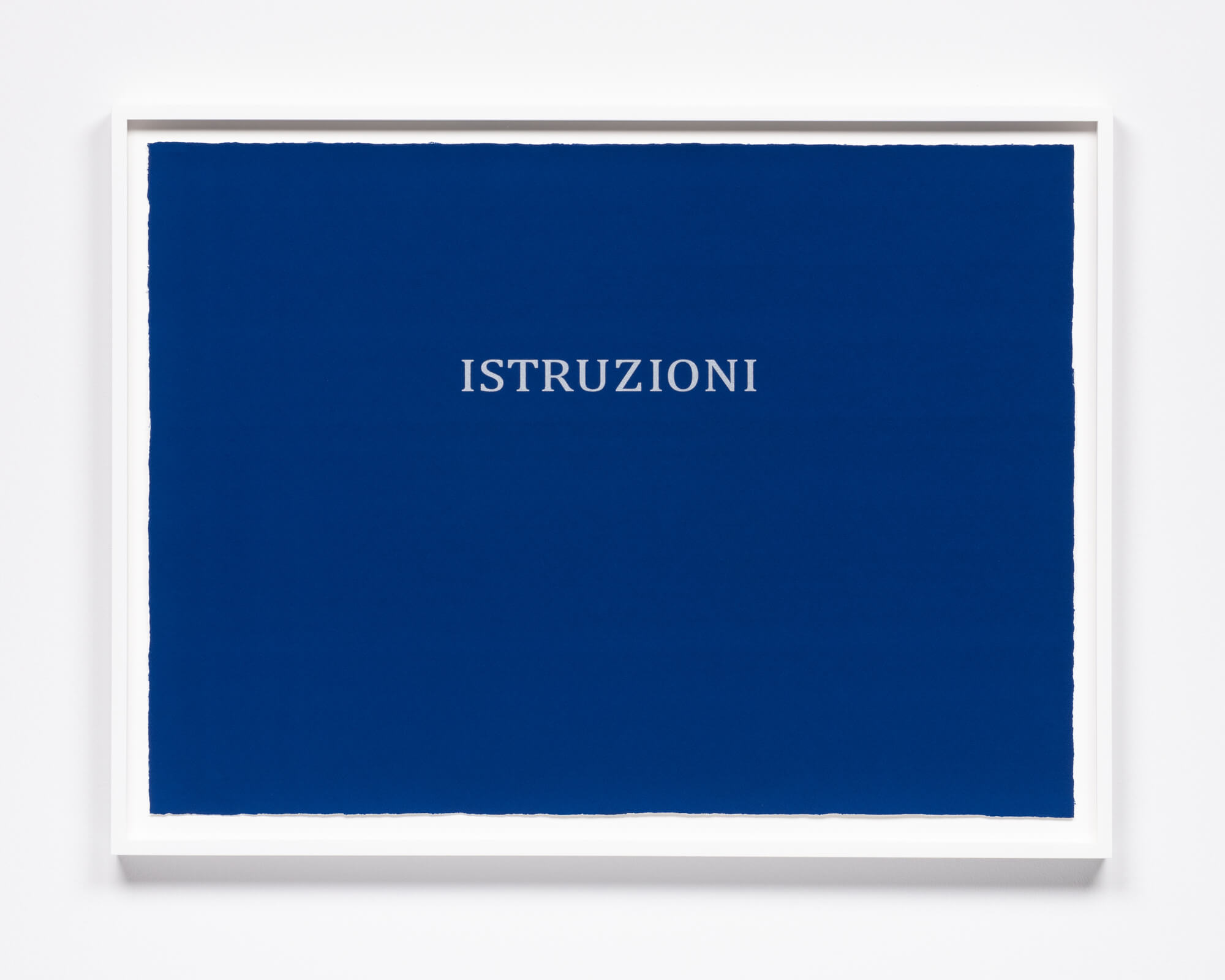Gaps, holes, fissures, and frictions
September 3rd – October 30th 2021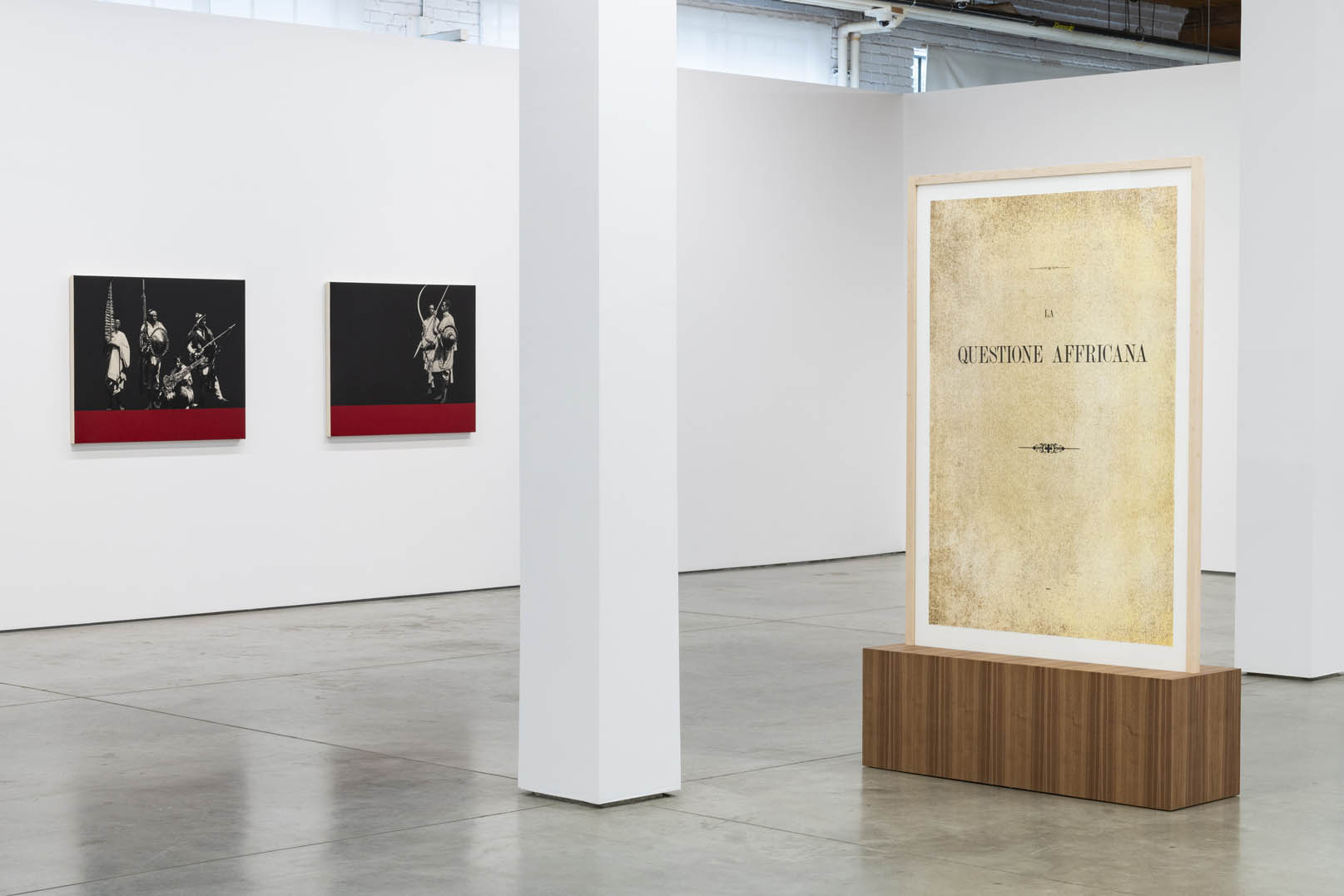
September 3 to October 30, 2021.
Presented as part of the MOMENTA 2021 satellite program.
Bradley Ertaskiran is thrilled to present Dawit L. Petros’ first solo exhibition with the gallery, Gaps, holes, fissures, and frictions. This exhibitionis a continuation of the artist’s inquiries into African histories of mobility, colonialism and contemporary stories of migrancy. Petros has previously examined the West’s limited knowledge of extensive contemporary cross-border flows and diasporas within the African continent. This recent constellation of works scrutinizes historical gaps in European memory and highlights the triangulation of colonialism, immigration and emigration through a reading of Italy, the Horn of Africa, and North America’s past and present. The focus here is on built forms including architecture, industries, and infrastructures, and related questions of labor. Gaps, holes, fissures, and frictions examines the centrality of aeronautic experiences and technologies – both military and civil – to the formation and representation of Italian East Africa.
In 1933, Italo Balbo, Benito Mussolini’s Air Force Minister, led a trans-Atlantic flight of 24 sea planes from Orbetello, Italy to Chicago, Illinois to coincide with Italy’s participation at Chicago’s 1933 A Century of Progress International Exposition. The squadron arrived in Shediac Bay, New Brunswick and in Longueil, Quebec in July 1933. Both locations were crucial staging and reception sites for the legs of the flight to and from Chicago. Residues of fascism and its colonial endeavors are thus inscribed in the physical and historical environment of Canada. This feat was celebrated as an achievement of technology – a symbol of progress. The medium of the airplane strengthened Italy’s position in Europe and rationalized its argument for colonial rule in East Africa, including in Petros’ birth nation of Eritrea. Technologies condition how events are represented and in turn ideologies are articulated and identities are produced. Therefore, these technologies are a lens with which to understand how Italy constructed subjects of its empire as static, mute and invisible. Gaps, holes, fissures, and frictions begins here, by investigating how the visual and representational sphere fixed specific ideas about the nature of East Africans. These ideas continue to impact contemporary material realities of these former colonies and their global diasporas including significant numbers of African Canadians.
The exhibition’s multiscalar works and processes include images, serigraphs and objects. Site responsive performative photographs depict figures in symbolic Quebec landscapes, composite images on canvas and paper reimagine the language of colonial cultural production: historic journals, archives, posters, aeronautic manuals, postcards, and maps. Language is rendered into physical objects occupying bodily space. The expansive aesthetic language mirrors the historical time of empire under reflection while pointing towards the clandestine unknowns within dominant understandings of history.
Dawit L. Petros was born in Eritrea, Africa, and lives and works in Montreal and Chicago. He holds an MFA in Visual Art from the School of the Museum of Fine Arts/Tufts University, Boston, a BFA in Photography from Concordia University, Montreal, and a BA in History from the University of Saskatchewan. Recent exhibition venues include the University of Buffalo Art Galleries, Buffalo (2020), The Power Plant, Toronto (2020), Museum of Contemporary Art in Chicago, Chicago (2020), Oslo Kunstforening, Oslo (2020), 13th Biennial of Havana, Matanzas (2019), Huis Marseille Museum of Photography, Amsterdam (2018), Addis Foto Fest, Addis Ababa (2018) and Prospect.4 New Orleans Museum of Art, New Orleans (2017). His works have been recognized with awards including an Independent Study Fellowship at the Whitney Museum of American Art, and an Artist Residency at The Studio Museum in Harlem, New York. In 2021, the artist was shortlisted for the Scotiabank Photography Award and was the winner of the Duke and Duchess of York Prize from the Canada Council of the Arts.
To consult the artist’s profile, click here.

